GRNGrid continues to grow with upcoming partnerships
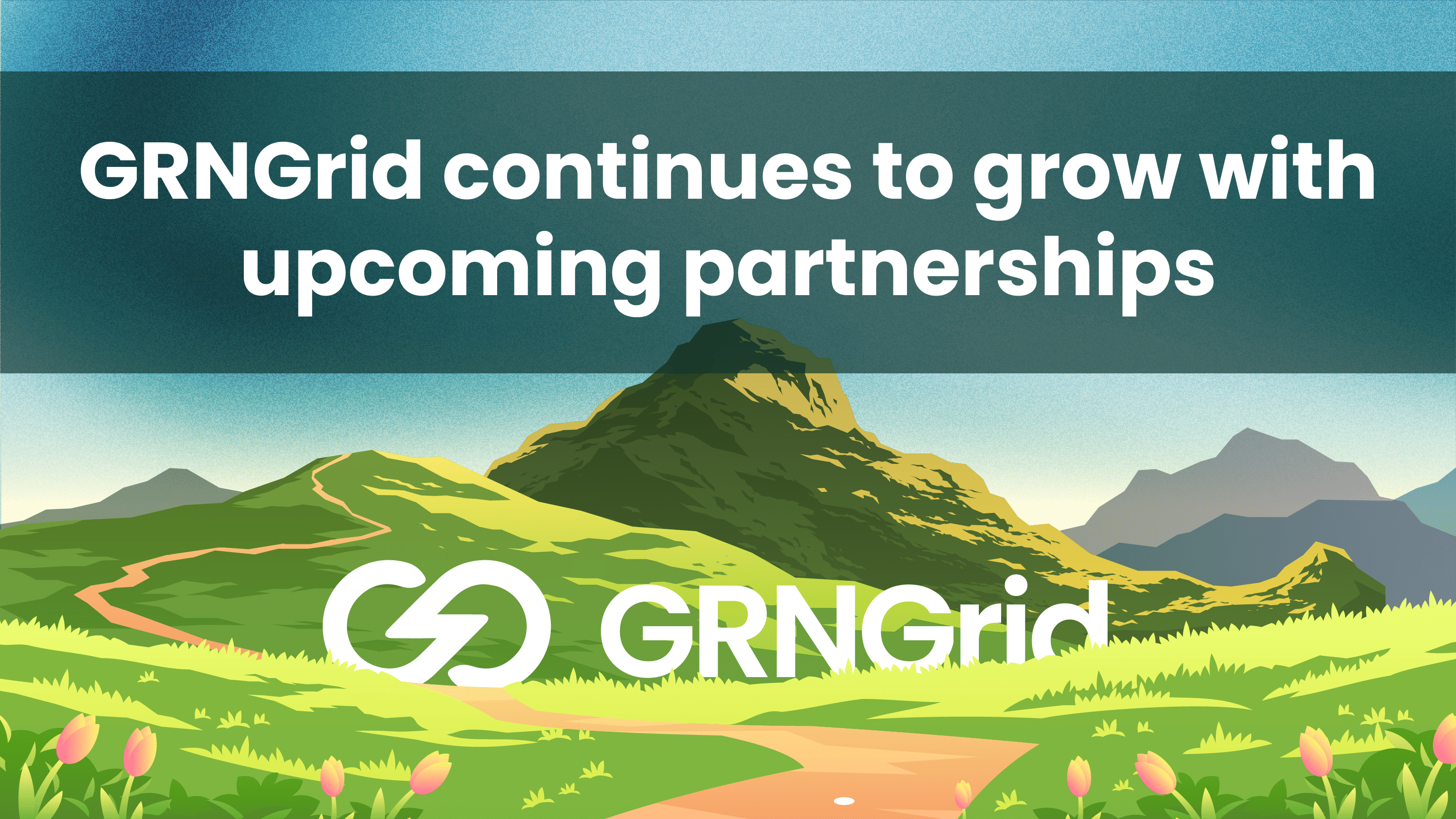
Exciting things are happening to the GRNGrid projects. Last month the project switched from ERC20 to Polygon, the price of GRNGrid’s token $G has risen significantly and upcoming partnerships are unleashing endless possibilities. The GRN team has been actively participating in meetings, with a main goal of expanding the utilisation of GRNGrid and spreading sustainable […]
A Seamless Shift: Add Polygon to your wallet. Adding Polygon to your wall: A Step-by-Step Guide
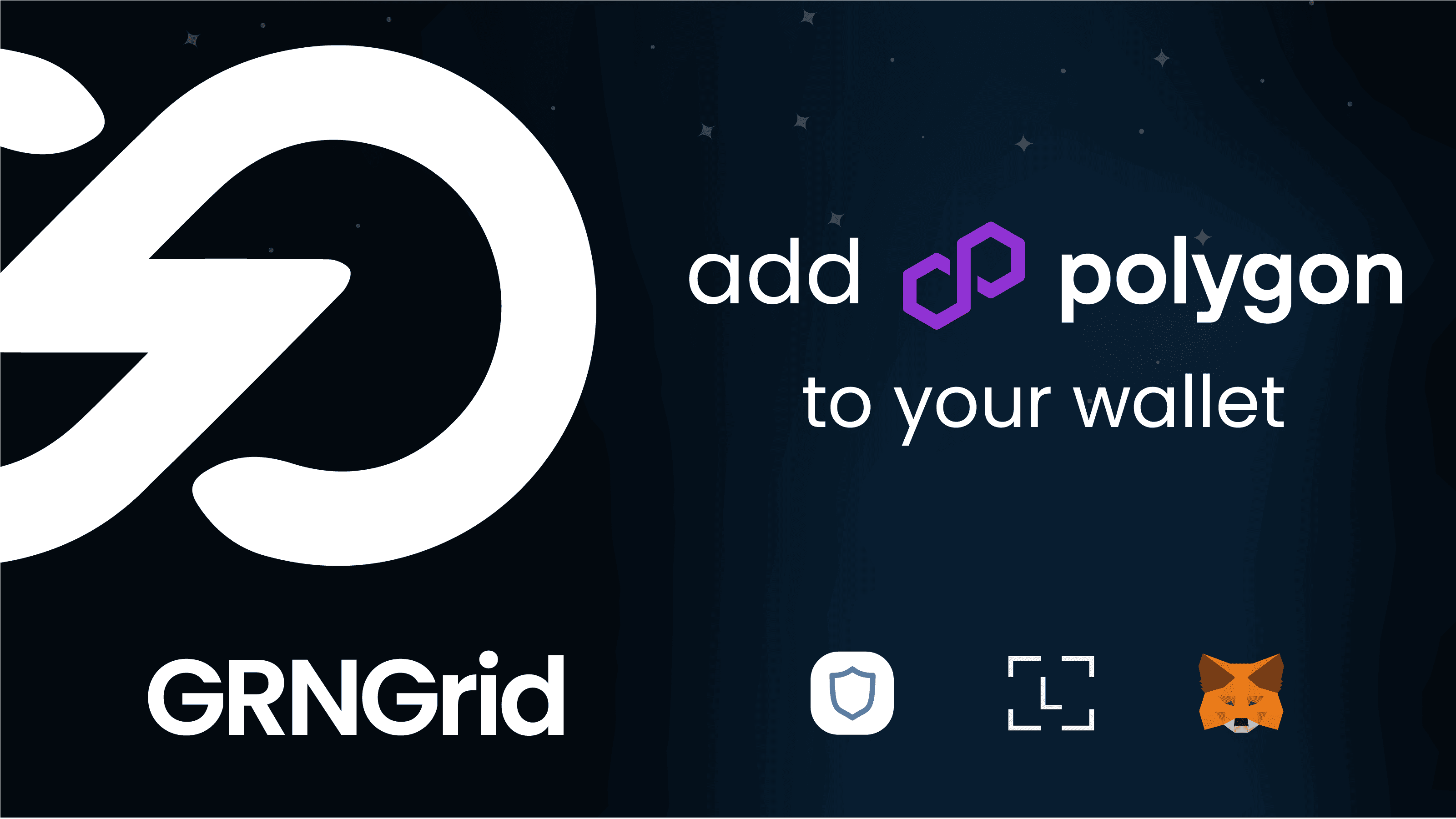
The cryptocurrency space is constantly evolving, and with it comes the need for adaptation and innovation. GRN (ticker $G), a groundbreaking project focused on sustainable energy solutions, has recently made an important move by migrating from the Ethereum blockchain (ERC20) to the Polygon network. This transition marks a significant milestone in GRN’s journey, offering enhanced […]
How to buy GRN today
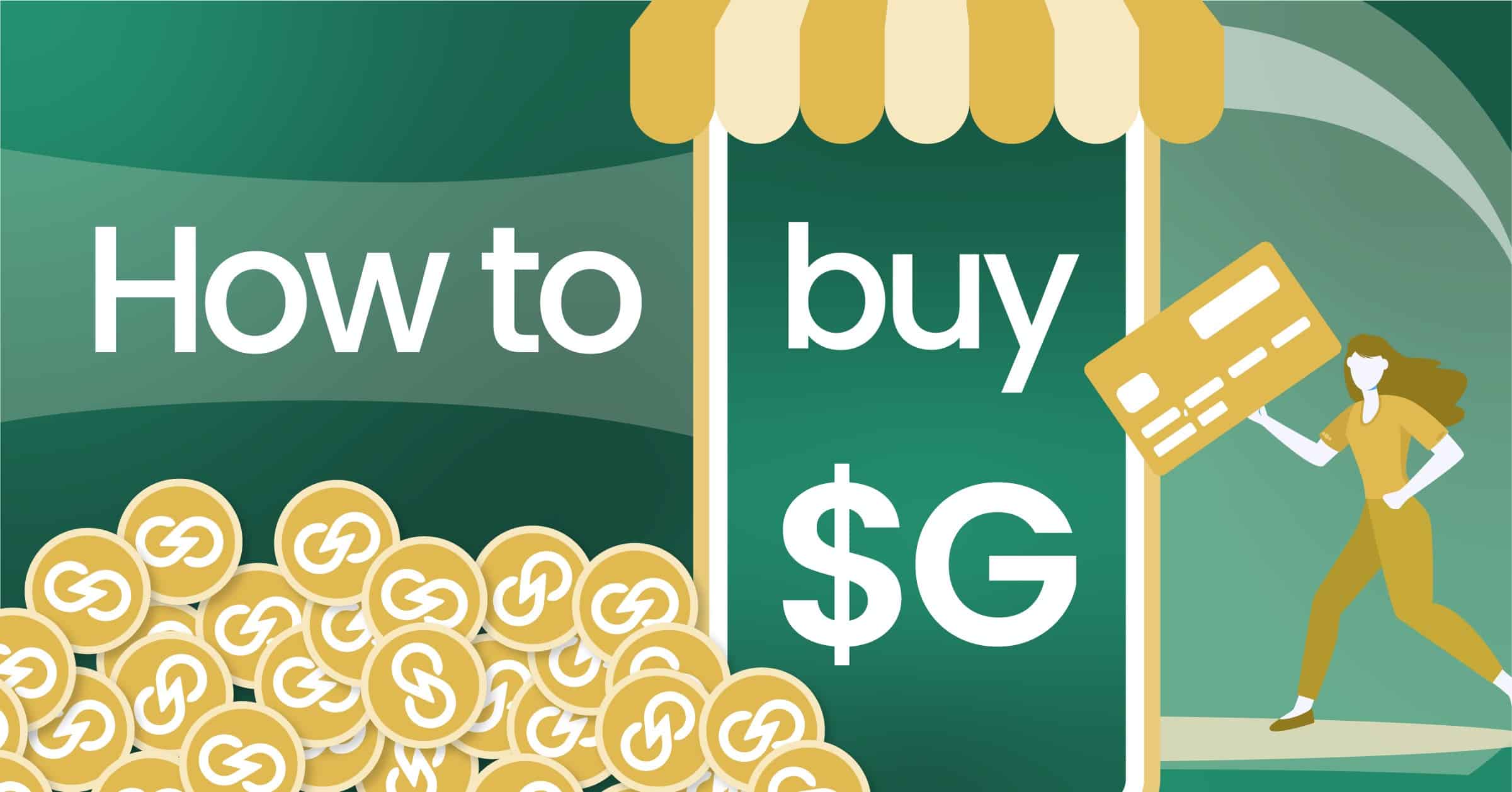
As you guys already know, we have big plans. We are working hard on the development of GRNGrid, a PoS2 blockchain, and GRN Wallet — if you are curious, you can follow our roadmap updates in our blog section. However, this doesn’t mean you can’t buy GRN. On the contrary, this is a great time […]
EU, here comes MiCA: 5 things you need to know
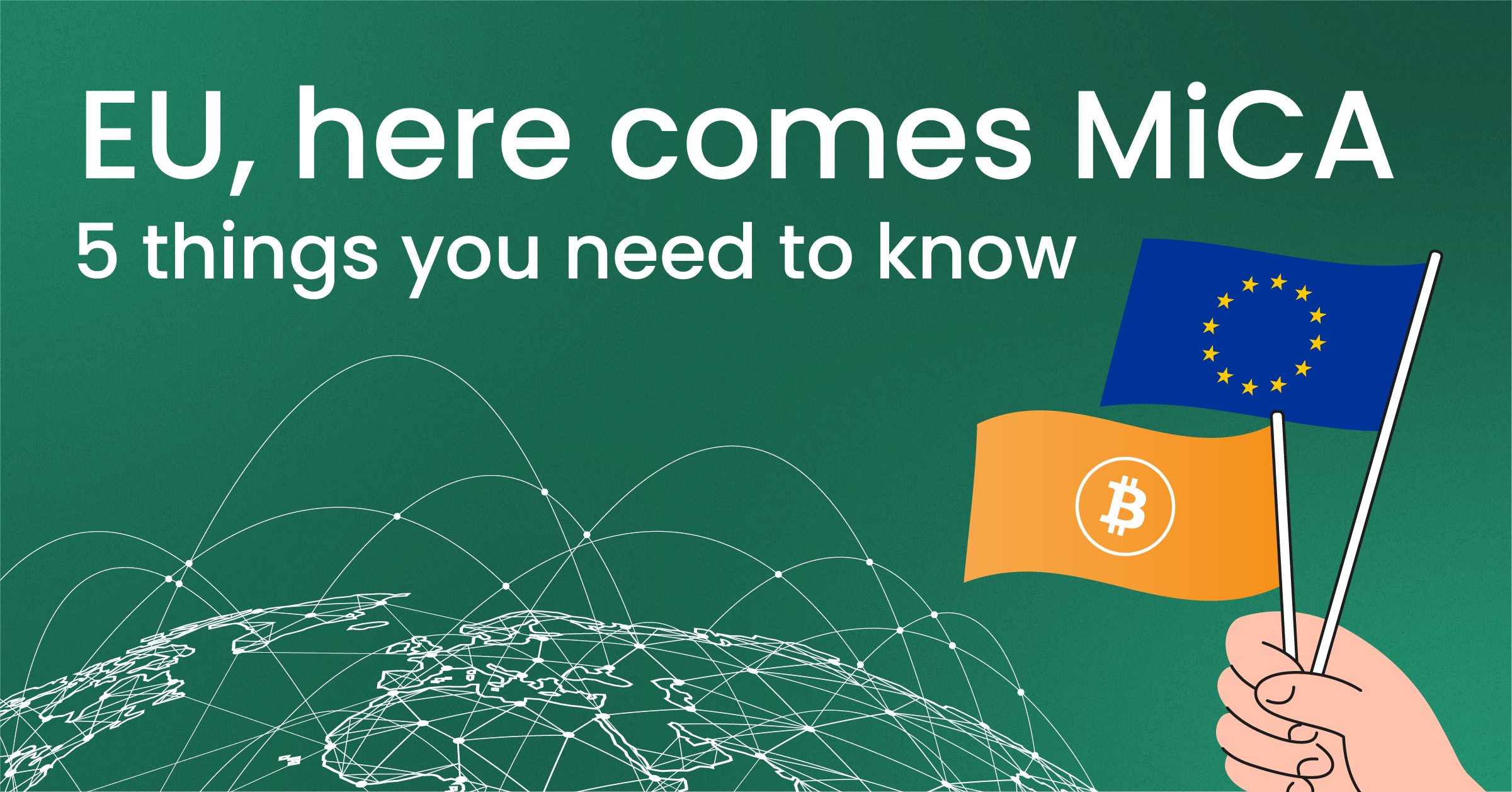
To the EU crypto community — there’s a new dawn coming. In October this year, the European Council approved the Markets in Crypto-Assets (MiCA) Regulation, which is one of the first attempts at more extensive monitoring of cryptocurrency markets. At the moment, MiCA is waiting for the decision of the European Parliament. If it gets […]
Gain control of your digital assets
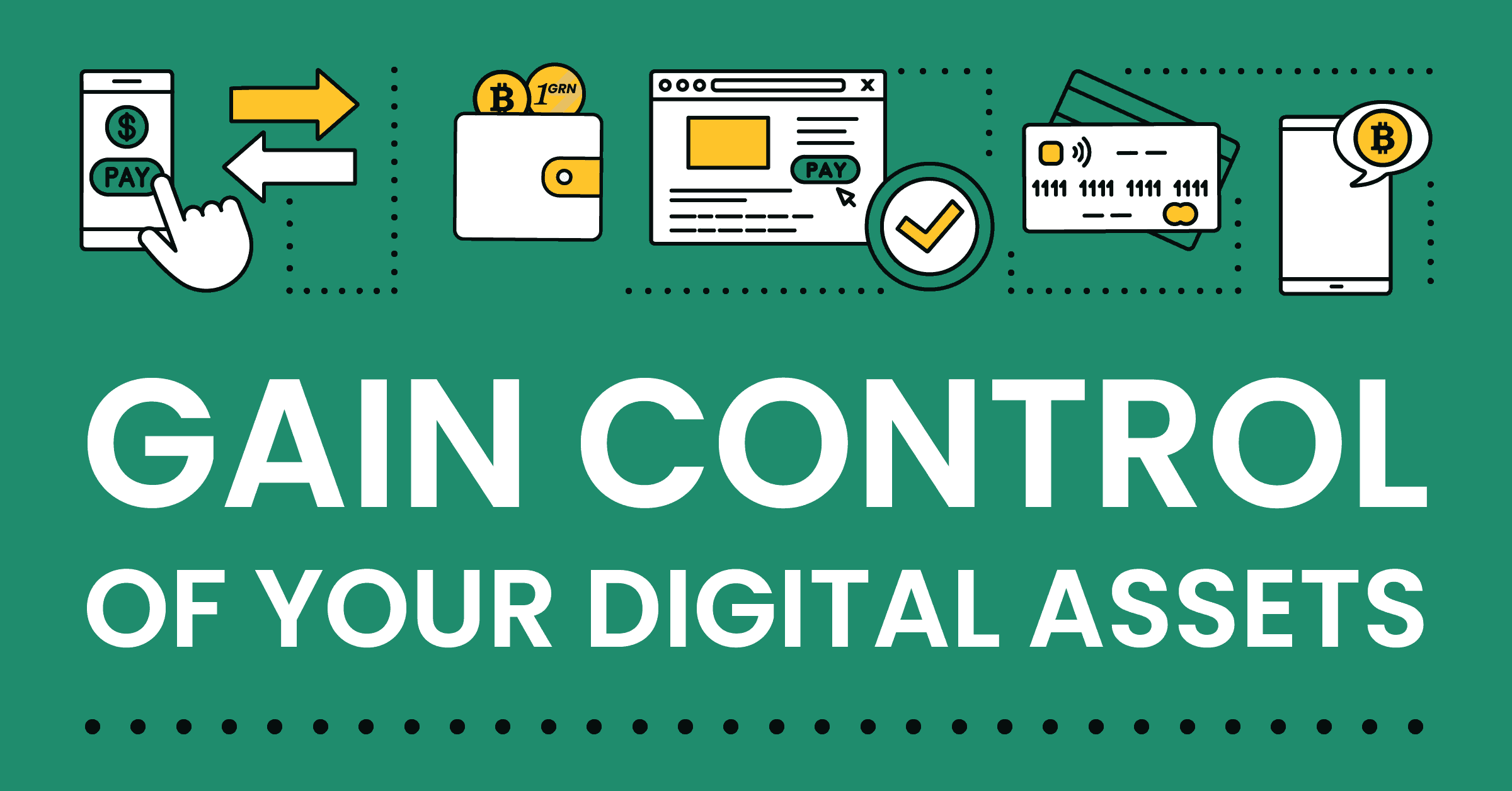
Where you keep your crypto assets matters — we can all agree on that one too. But what crypto owners don’t necessarily agree on is WHERE to keep those assets. As for our team, we say — keep them in your wallet, not the exchange. Read on to learn why.
Crypto mass adoption: What’s the hold-up?
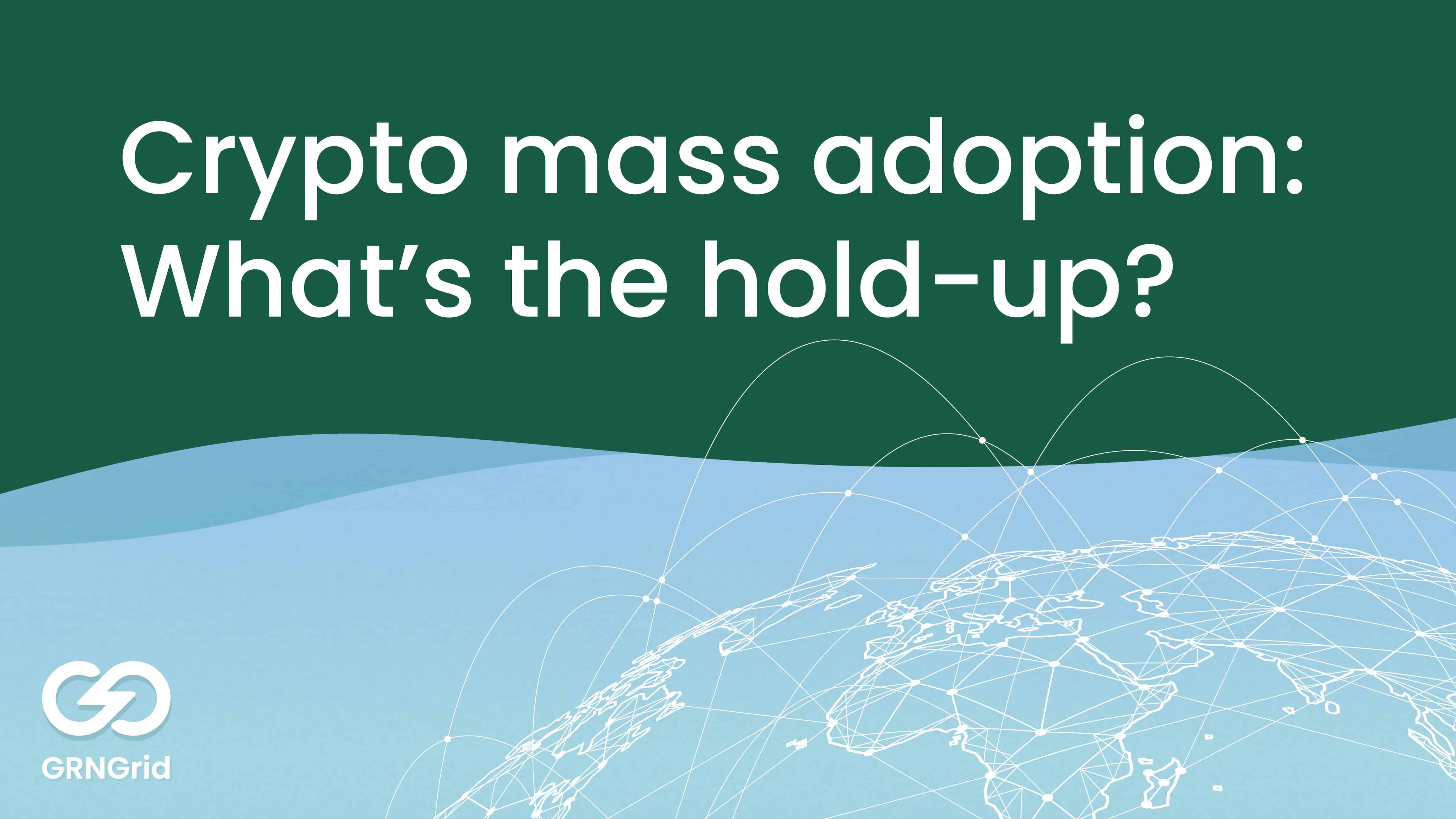
Bitcoin was created in 2009. The first altcoin, Litecoin (LTC), was forked from the Bitcoin blockchain in 2011. It’s 2022, and crypto transactions are STILL not a universally accepted payment method, nor are they overtaking credit card transactions. Why is this so? What’s taking so long? Are the governments the only ones making it difficult, […]
Welke crypto kopen?
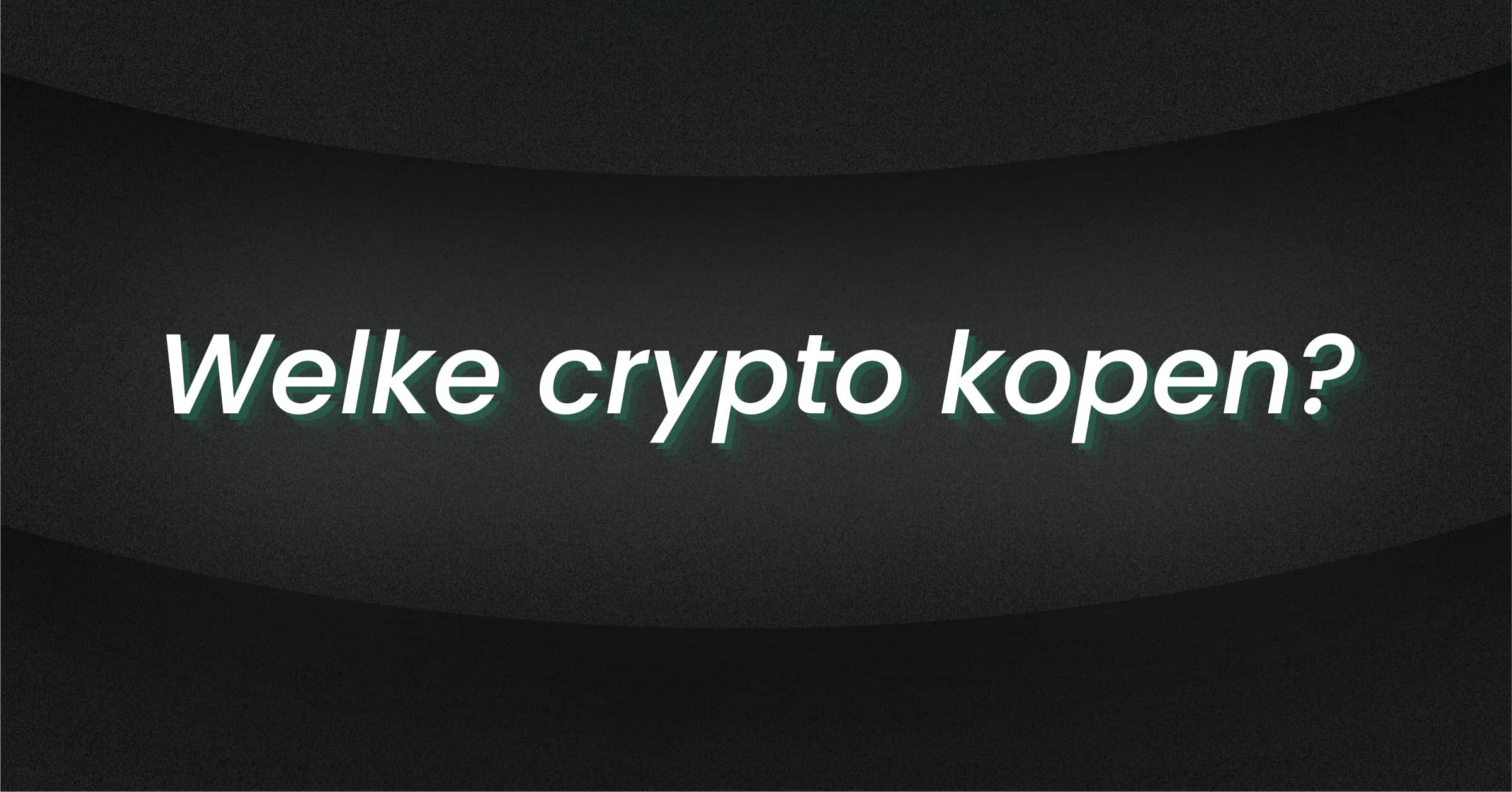
Een veel gestelde vraag. Het hangt voornamelijk af van jouw persoonlijke situatie. Wil je zo snel mogelijk rendement zien, of zoek je simpelweg een goede duurzame investering? Moet deze ook klimaatvriendelijk zijn? Natuurlijk wil je zo goed mogelijk inschatten of en hoeveel crypto kopen je oplevert. Hoewel dit uiteindelijk altijd afwachten is, gelden sommige crypto […]
GRNGrid: An Efficient Way to Care for Our Planet
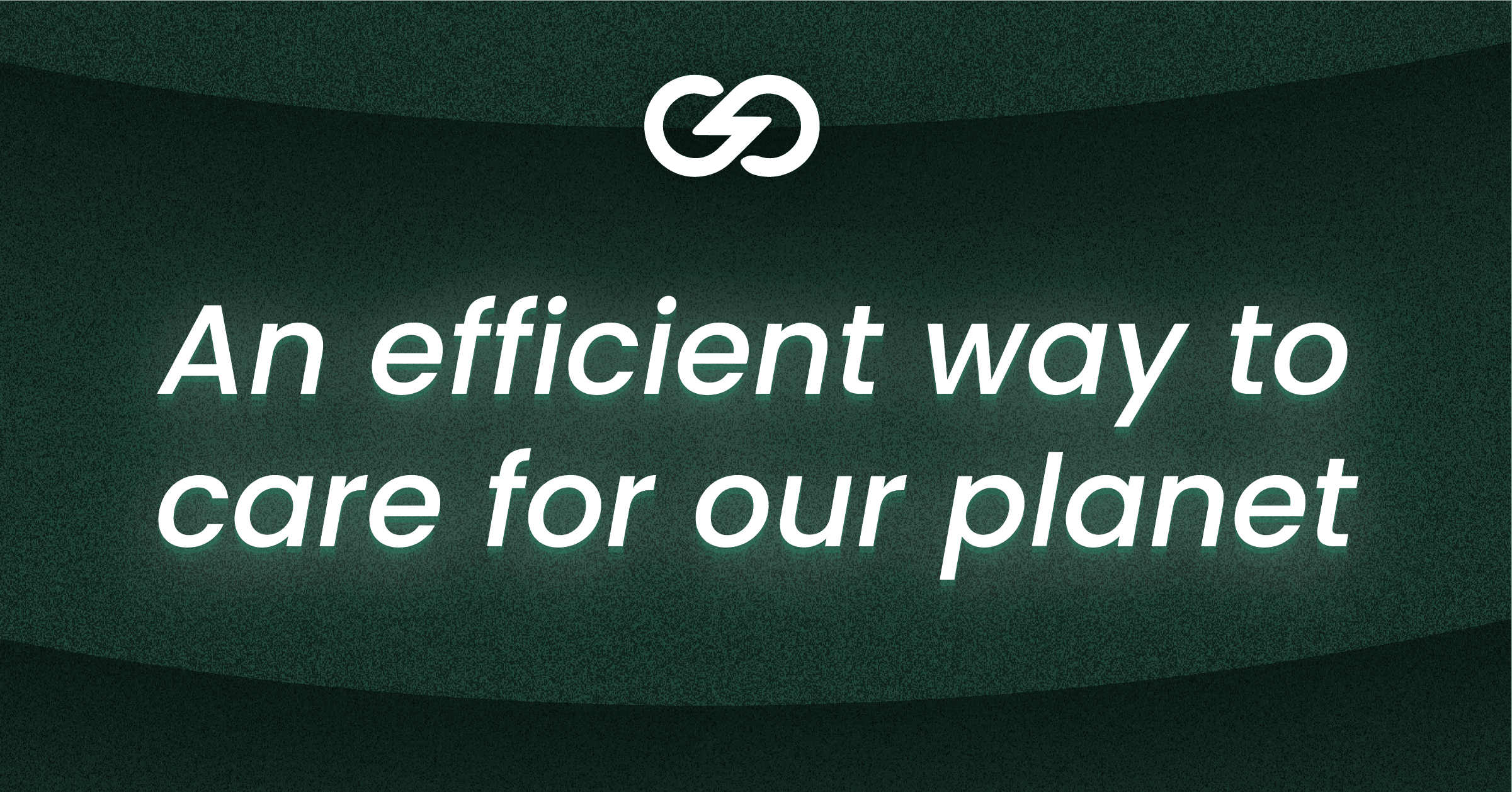
GRN and its GRN Grid are the future of crypto projects, delivering a sustainable blockchain platform based on renewable energy resources and supporting clean energy campuses, minimizing e-waste and blockchain energy consumption throughout the world to promote a future ecosystem focused on decentralization, sustainability, and environmental initiatives. According to research published in Nature, bitcoin mining […]


